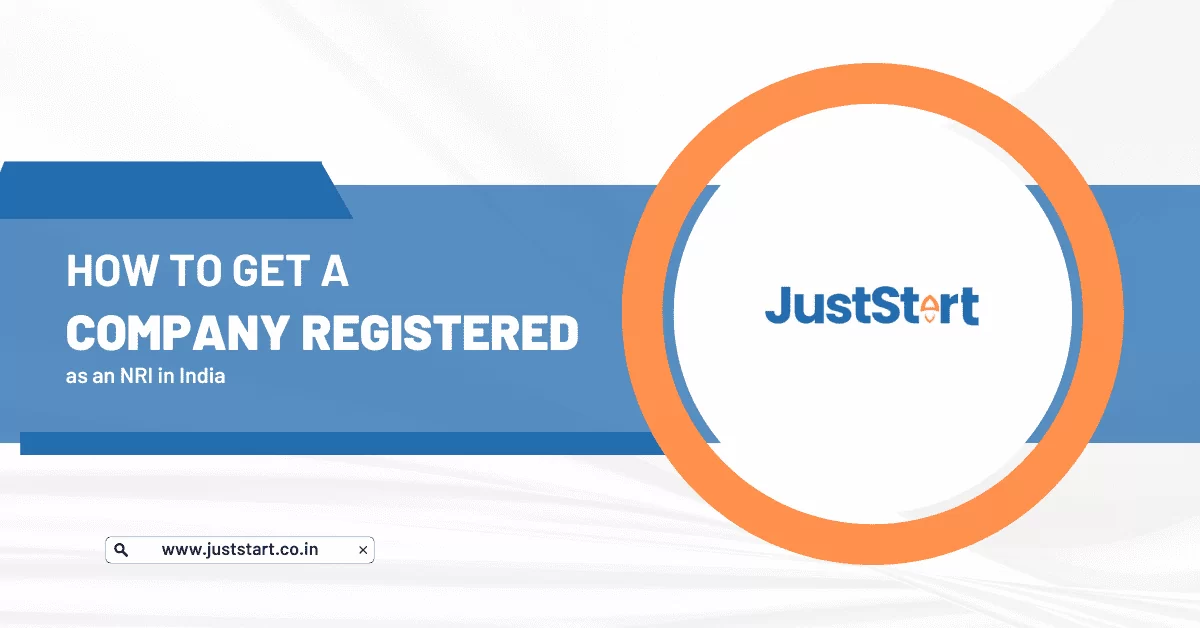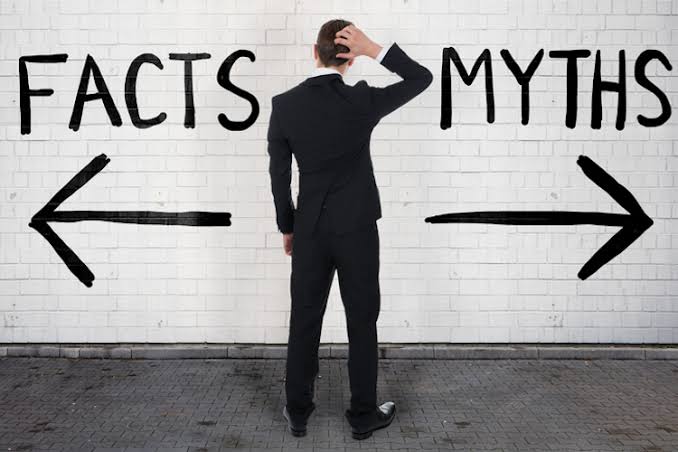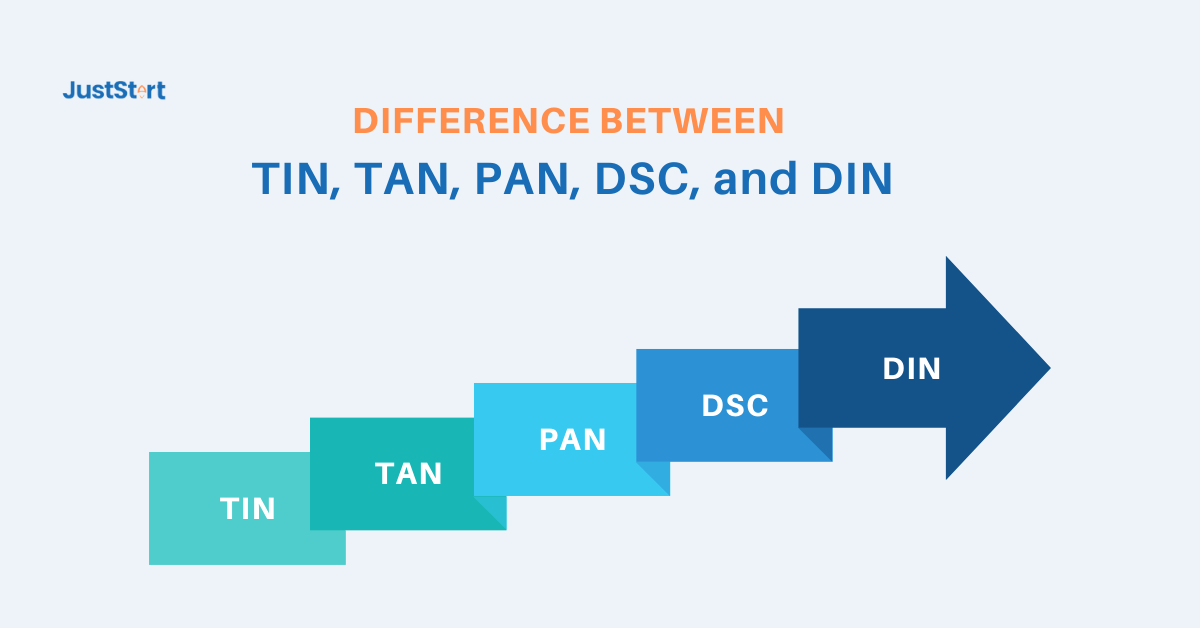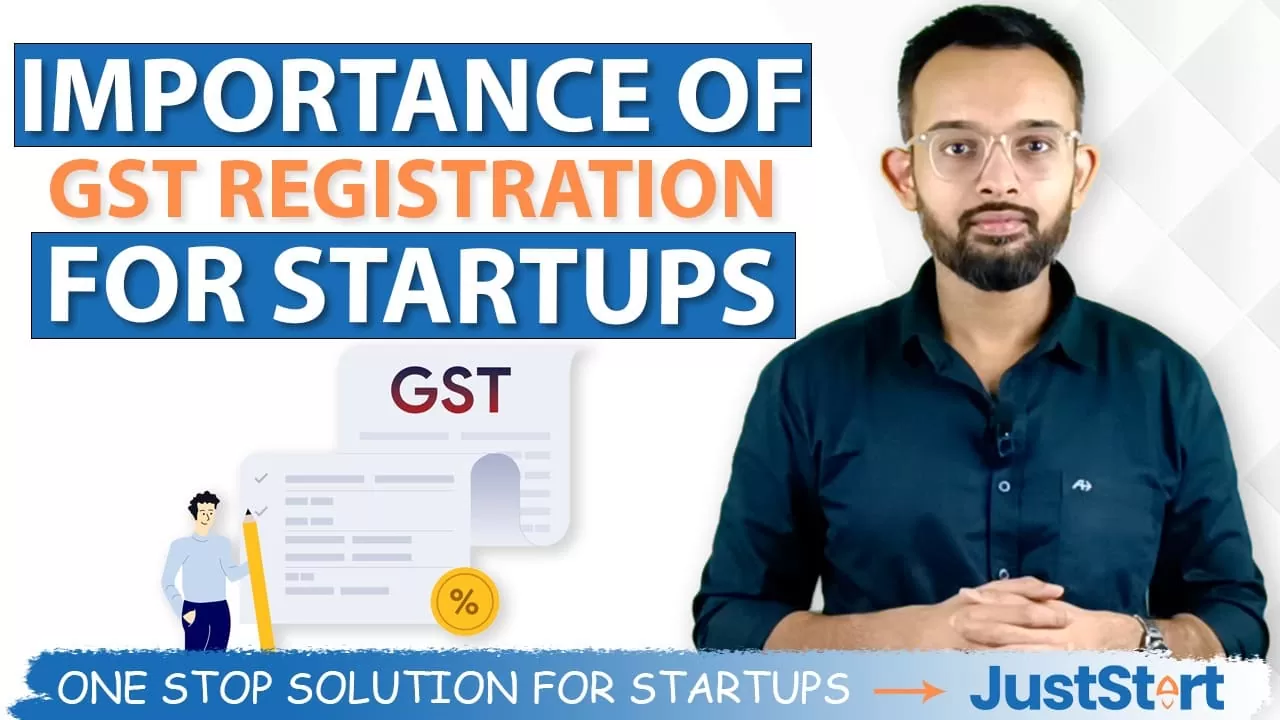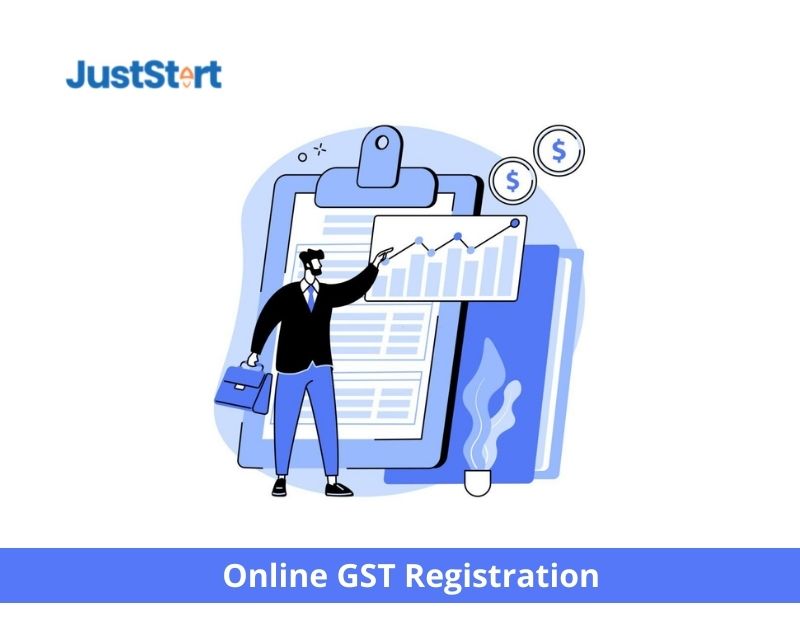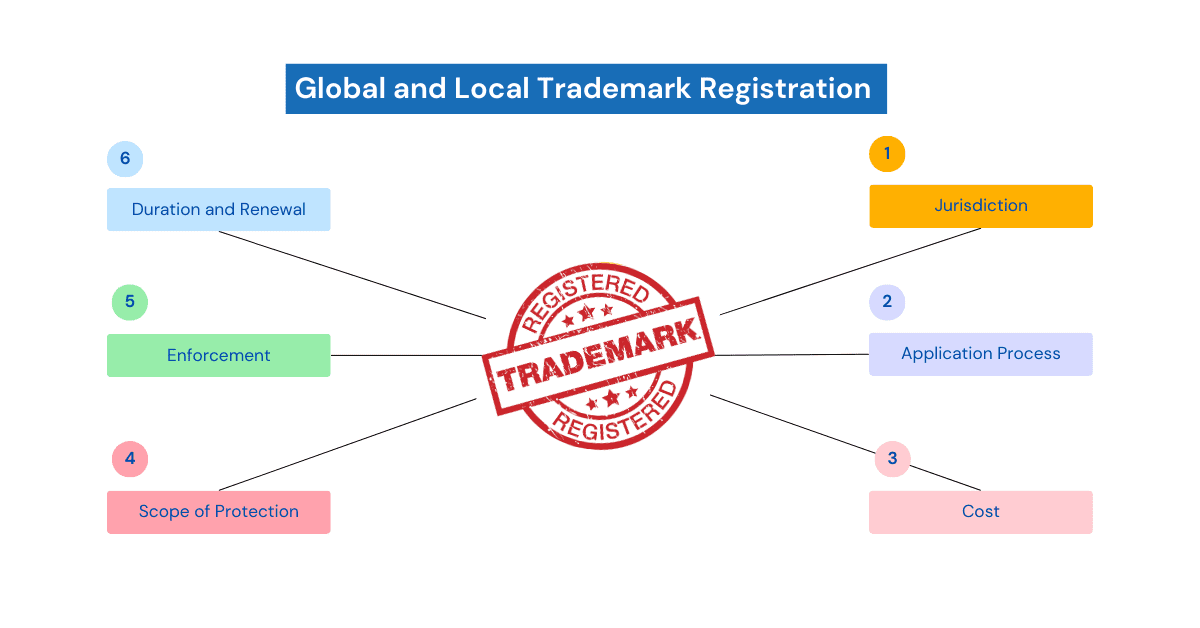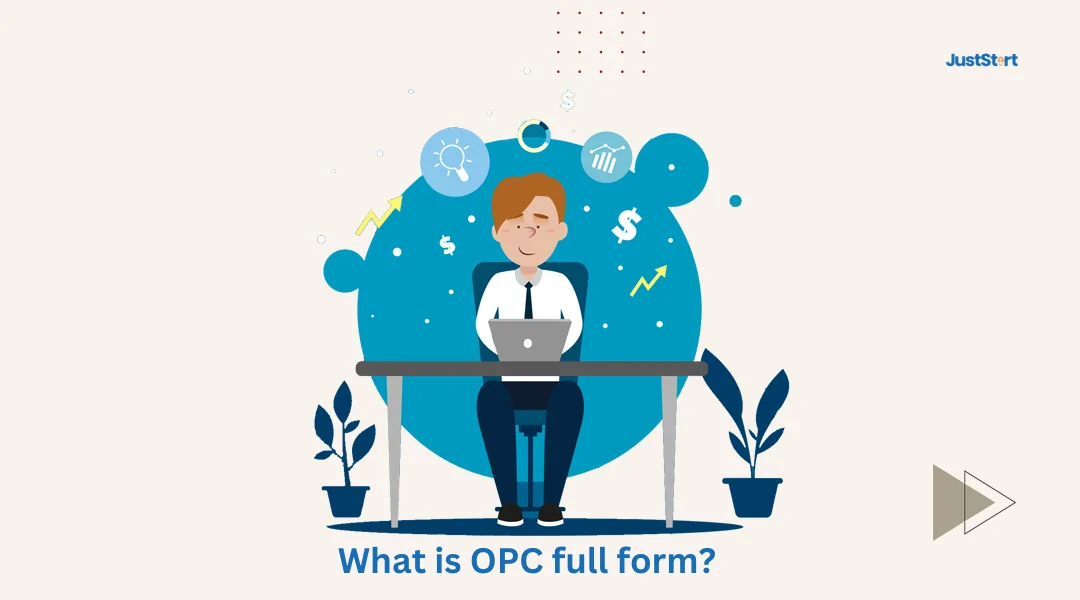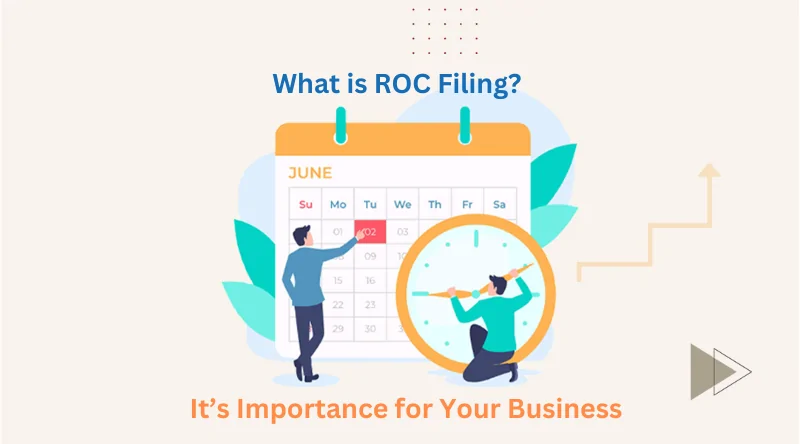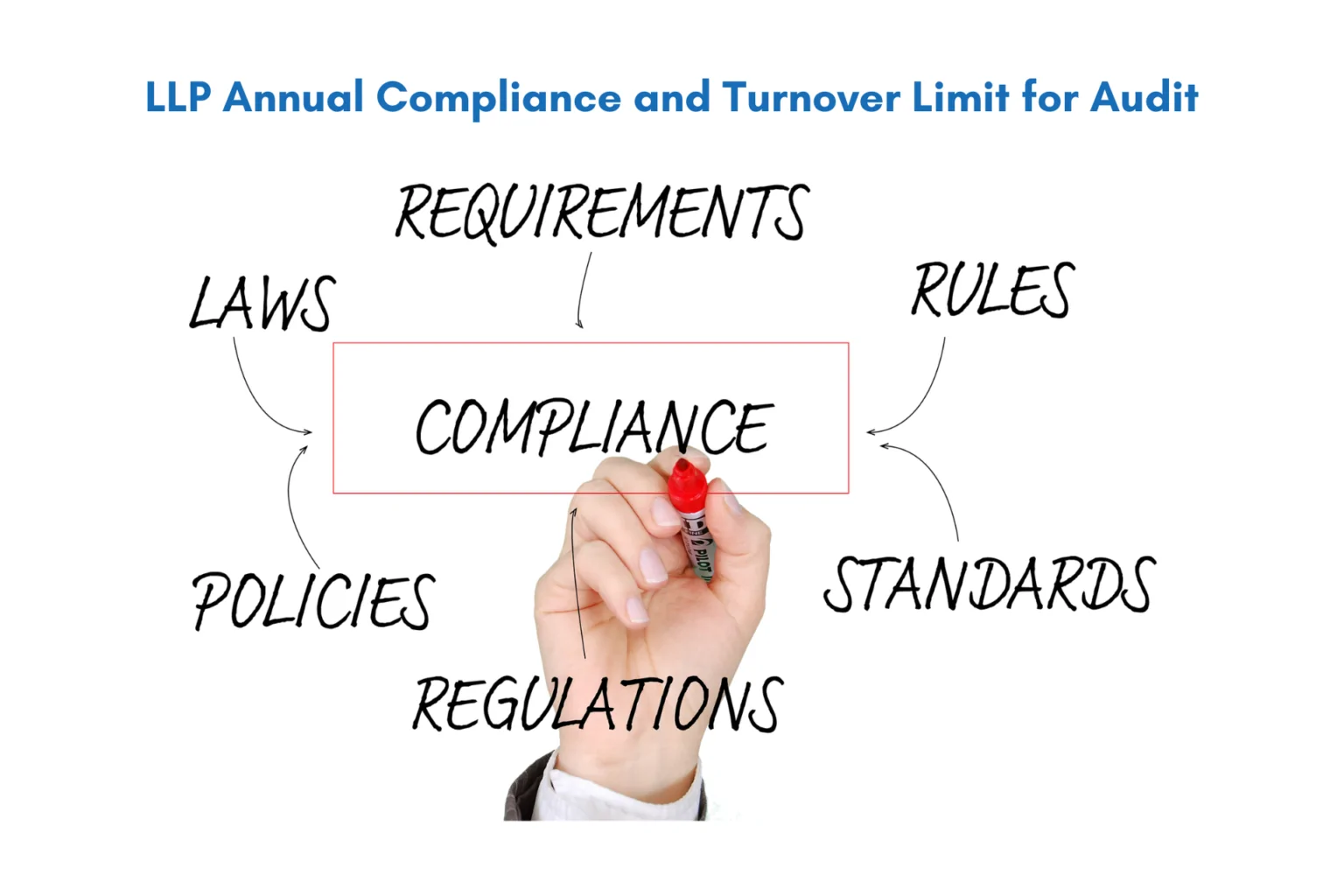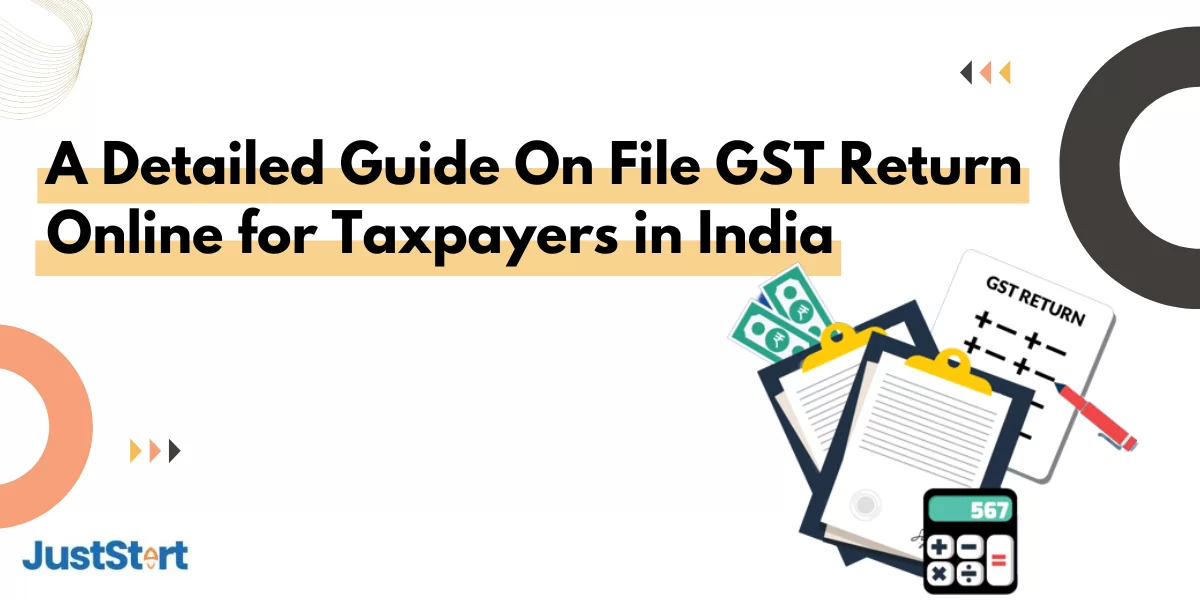
Know how to file GST returns online in India with JustStart within easy steps and process. But before filling make sure that your GST registration number is 15-digit, with that it is also essential your startup’s last 11 digits match with your GST number.
However, know GST return filing is entirely dependent on the nature of your business. It has to be filed on a monthly, quarterly, or annual basis depending on the type of GST return.
As a result, all individuals and entities with an annual turnover of more than 40 Lakhs in the case of goods. Also, 20 lakhs in the case of services (The said limits are half for special category states) must obtain GST registration.
Every individual or entity who is eligible for taxation must register with the tax department of India. But before registering a GST for your startup, must know complete guidance for GST registration. process in India.
What Is File GST Return Online For Taxpayers?
GST filing is a necessary thing to do for a business owner to maintain taxpayer's incomer output tax (sales), and input tax (purchase). Tax collection happens by the administrative authorities for the welfare of the country. The government has taken this into practice to be aware of the informative data on the economy.
Who Should File For GST Return In India?
Every individual/business entity who has completed their Online GST registration is eligible to put forward the tax. Taxpayers are required to file various returns depending upon the type of registrations they have done. The GST return filing process is mandatory for taxpayers who have a valid GST registration.
What Is The Limit Of Tax-Free Income In India?
The limit has been set at 2,50,000 per annum. If this limit is exceeded in any financial year, you’ll have to pay taxes afterward. A penalty will be charged if you fail to pay the proposed taxes. For special states, the limit may vary.
What Are The Types Of GST?
There are 13 different types of GST returns. They are as follows:
GSTR-1: This is the sales return statement. It is mandatory to give the complete details of the sale of goods and services.
GSTR-2A: This is the summary of the purchase report. It is required for the ITC claim and tax payment.
GSTR-2B: This is the ITC’s report summary. It is also required for the ITC claim and tax payment. It gets auto-generated after the 13th of every month.
GSTR-3B: This is a summary of the sales and purchase statement. It also carries an ITC claim, an ITC set-off, tax payment, and late fees.
CMP-08: It is done on a quarterly basis. In this, you’ve got to give the sales summary and also tax payment.
GSTR-5A: It is a summary of an Online Information and Database Access or Retrieval Services Provider’s outward taxable supplies and tax paid.
GSTR-6: It is the summary of the input tax credit distributed and received by the input service distributor.
GSTR-7: This form must be filed to claim TDS (tax deducted at source) under GST. It is filed for the TDS details along with the TDS return if any.
GSTR-8: It is filed to collect tax at source. It is required to give details of supplies made through e-commerce and the TCS (tax collected at source).
GSTR-9: It is filed by the taxpayers for the annual return. It requires every detail of sales, purchases, income, expenses, and taxes.
GSTR-10: It’s the final return by a taxpayer whose registration has been canceled. It needs to be filed within 3 months of the cancellation.
GSTR-11: It can be filed for a tax refund by every individual who has a Unique Identity Number (UIN).
One thing you should know is that all these GST returns do not get filed by taxpayers. Their category depends on the basis of their business and on turnover in a financial year. GSTR-1 and GSTR-3B are filed by regular taxpayers on the normal scheme.
Likewise, the Quarterly Returns Monthly Payment (QRMP) is an optional method that allows taxpayers with an annual turnover of up to five crores to file the returns quarterly. But payments are made monthly if you’ve got a cash tax liability in the current month. Under the QRMP scheme, you have to only upload your B2B bill through IFF services.
How Do I File A GST Return Online?
If you’ve to pay the output tax (sales), go for GSTR-1. If you have to claim the input tax (purchase), go for GSTR-3B.
Step 1: Log in to the government portal at www.gst.gov.in using your user id and password.
Step 2: Click on the “Return Dashboard” and select the period of GST return filing and the financial year, then tap on the search button.
Step 3: You’ll be provided all the details along with the due date for filing your GST return online.
Step 4: On the drop-down menu, click on “Prepare Online” Fill up the invoices and the other required details by clicking on “Add details.” Also add a late fee, if applicable.
Step 5: Fill in the total amount, excluding GST, under the categorized GST rate and save it. You’ll receive the invoice details then.
Step 6: Get back, scroll down, and click on “Generate GSTR-1 summary“. Then submit and proceed to further processing.
Step 7: Tap on “File Return” and fill in the authorized signatory. Furthermore, click on ” File with DSC” or “File with EVC“.
Step 8: Fill in the OTP received, make the payment by choosing any e-payment mode, and select “Verify“. You’ll receive a success message upon the filing of the return with an acknowledgment number.
Note: Every return needs to be filed on the due date or else a penalty will be charged each day.
How To Check GST Return Filing Status?
Keep checking the status of your GST return online to stay updated and acknowledged.
Step 1: Visit the government site, www.gst.gov.in.
Step 2: Enter the necessary information to gain access to your account.
Step 3: Tap on “Service,” then on “Returns.” After that, click on the given option of “Track Returns Status.”
Step 4: Select “Status of Return” and then click on the search button.
Step 5: You’ll further receive the status of your GST return filing online.
What Is The Penalty For Not Filing GST Return?
If for any reason, you cannot file the GST return, you’ll be charged late fees along with interest. The interest rate is 18% on the amount of outstanding tax. Furthermore, different late fees are there for each kind of return.
Why Should Choose JustStart For File GST Return Online?
The JustStart advisor will keep you updated about the due dates so that we can save you from penalties imposed by the government. Of course, why choose better when you can have the best?! So, make contact with JustStart.
GST return filing online is no longer a complicated form for taxpayers. But yet, it is not simplified for those who have never done it on their own. On-time GST return filing still feels tangled for so many taxpayers.
JustStart is here to help all of you deal with it. Once you connect to us, our expert will guide you through filing a GST return in full detail. Then our legal advisor service would reach out to you to collect the required documents for filing the proposed GST Return on time.
Can We File a GST Return Without CA?
Yes, you can file your GST return without CA as a business owner, and taxpayers as an accountant but it is also true that before registering a company as GST filling. You should get good guidance from the best experts for GST return online.







